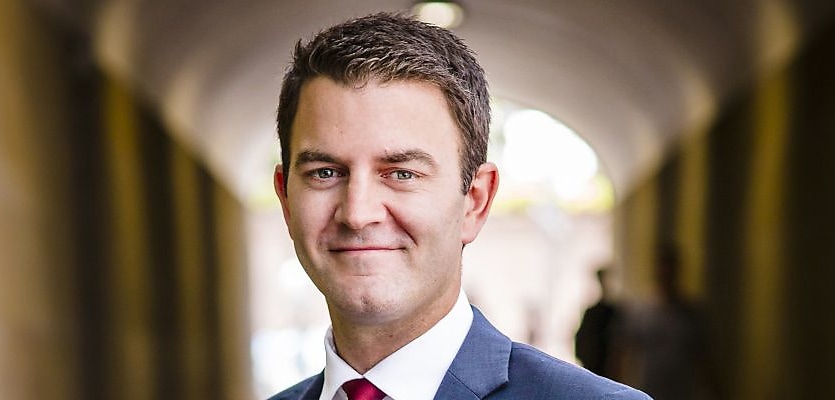With the nation in the throes of several supply-centric housing crises, the national network has called on the federal government to utilise its second budget to boost housing stock.
Ahead of the 2023 federal budget, set to be announced by Treasurer Jim Chalmers later this evening (9 May), LJ Hooker’s head of research, Mathew Tiller, has urged the Albanese government to double down on its commitments to increasing housing supply and social and affordable housing options outlined in last year’s October mini-budget, when Mr Chalmers announced the National Housing Accord with aspirations to build one million new, well-located homes over the five years from 2024 and strengthened several social and affordable housing schemes.
With a growing number of Australians seeking greater living space since the onset of the pandemic, as well as record levels of international migration and population growth expected in the coming years, Mr Tiller insists the government needs to focus on supply in the upcoming budget.
He insisted the Australian property market requires greater rental supply, more new homes, and more existing homes, before adding the incentives for investors to buy, home owners to build, and to encourage people to downsize or list their property for sale are all necessary actions to achieve these necessary outcomes.
A boost to the nation’s rental stock could come from the government itself, should they opt to build the required rental properties themselves, with Mr Tiller revealing one such method to achieve this outcome could be through public-private partners.
Aside from this avenue, he explained that “the government can encourage institutional investors and developers to invest in and build rental stock through initiatives like build-to-rent schemes.”
Recently, research from Savills revealed the Australian build-to-rent sector is bracing for nearly $16 billion in institutional capital which could incite the construction of up to 53,000 over the next five years, with JLL arguing the sector is further supported by economic headwinds and tight national rental markets.
Mr Tiller said recently announced changes to the MIT withholding tax and depreciation rate will provide further assistance before admitting that “more is needed to support and encourage large-scale investment,” including that from mum and dad investors.
On increasing existing home supply, he stressed the importance of the federal government establishing an environment conducive to downsizing, a tactic that he believes would “free up underutilised homes.”
In last October’s mini-budget, the Albanese government announced two measures supporting the downsizing approach which Mr Tiller stressed could be expanded on. This includes:
- Increasing the exemption of homes sales proceeds from pension asset testing from 12 months to 24 months, which he believes affords pensioners more time to move into their next home before their pension is affected; and
- Allowing pensioners to make downsizer contributions to their superannuation by reducing the eligibility age from 60 to 55 years of age.
In line with his recommendations of building on last year’s mini-budget, Mr Tiller called for more prioritisation to be placed on boosting the nation’s social and affordable housing, particularly by providing more safe, secure, and affordable homes to disadvantaged individuals, low-income families, and essential workers.
“The government can do this by becoming a developer themselves or by partnering, and/or increasing the funding of, with private developers, community housing providers, and not-for-profit organisations,” he said.
Incentivising private investment in social and affordable projects could be inspired by government subsidies, grants, and tax incentives, he added.
On the grants and incentive front, Mr Tiller believes the government could enact such schemes to invite individuals to construct secondary dwellings, such as granny flats or backyard homes, on their properties.
“This would increase the supply of housing in established low-density suburbs and regional areas, while also providing additional income for home owners who could rent out the secondary dwelling.”
Mr Tiller’s final wish for the upcoming federal budget is for the government to make housing more sustainable by providing financial motivation, such as rebates or tax credits, for home owners to make eco-friendly upgrades to their homes.
He believes “this would help reduce the cost of owning and renting a home, while also promoting sustainability and reducing Australia’s carbon footprint.”
“Additionally, the government could invest in energy efficient housing projects and work with the construction industry to promote the use of sustainable building materials and practices,” he concluded.









You are not authorised to post comments.
Comments will undergo moderation before they get published.